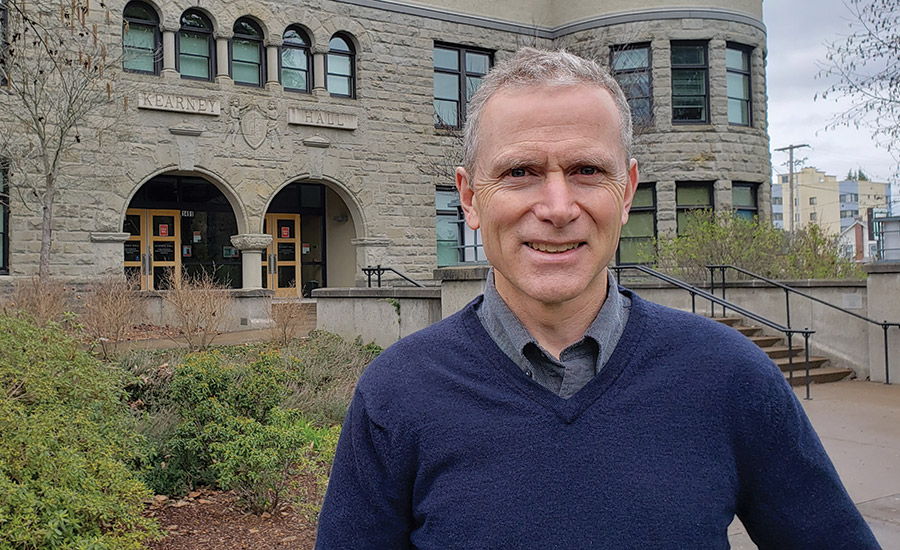Freed from the limitations and demands of construction design work, engineering professors can champion causes in the construction industry’s best interest.
When John Gambatese finished his doctoral dissertation on prevention through design, in 1996, the idea still had an aspirational or slightly utopian quality, at least as far as the typical U.S. design-bid-build construction project was concerned. Brainstorming with owners to help identify and abate all the possible construction safety hazards was not part of a designer’s or contractor’s services or conversations. Although contractors were responsible for safety, contractual language that described their particular role in construction means and methods stood as a sturdy wall keeping away designers—and new ideas.
Related Article:
When the Construction Project Team Made 122 Design Changes in the Name of Safety
Back to:
25 Top Newsmakers
The wall now has been breached in the U.S. partly because Gambatese, a licensed engineer and professor in the school of civil and construction engineering at Oregon State University, has pressed forward with prevention through design (PtD).
In 2021, drug maker EMD Serono’s four-story office and research building in the Boston suburb of Billerica embodied the approach, with project designers huddling regularly with prime contractor Erland Construction to discuss and abate potential hazards. The result: 122 design changes—from shifting the building footprint to avoid excavation, to locating column splices where ironworkers would not need to reach high or stand on temporary work surfaces. Gambatese helped start the effort long before ground was broken.
Prevention through design asks why any hazard that can be foreseen isn’t removed. Fred Manuele, a former insurance risk specialist and consultant, calls Gambatese “a leader in construction prevention through design.” When Gambatese has met with sometimes skeptical designers and owners on the whys and hows of PtD, he does a lot of listening, often saving his words for one-on-one conversations. “He’s quiet but he’s powerful,” says T.J. Lyons, a safety specialist at DPR Construction.
Gambatese notes that he first explored prevention through design while studying under the late engineering professor Jimmie Hinze in the PhD program at the University of Washington. These days, other engineers and professors are involved. Gambatese himself is participating with a safety subcommittee of the American Society of Civil Engineers’ Industry Leaders Council. In 2019 he published a PtD guide for designers with funding from the National Institute of Occupational Safety & Health, which began a PtD initiative in 2007.
Persistence seems to be paying off. Insurers, once ardently opposed to the blurring of roles via a team approach to hazards, now may accept PtD if clients want to do far-upstream hazard analysis. And there are still issues to be worked out depending on the project delivery method.
But as far as moving matters forward, Gambatese says the legal and insurance issues are “only impediments to be overcome,” not showstoppers that would make PtD impossible. Says Lyons of Gambatese: “I can’t think of anyone who has done more.”






Post a comment to this article
Report Abusive Comment